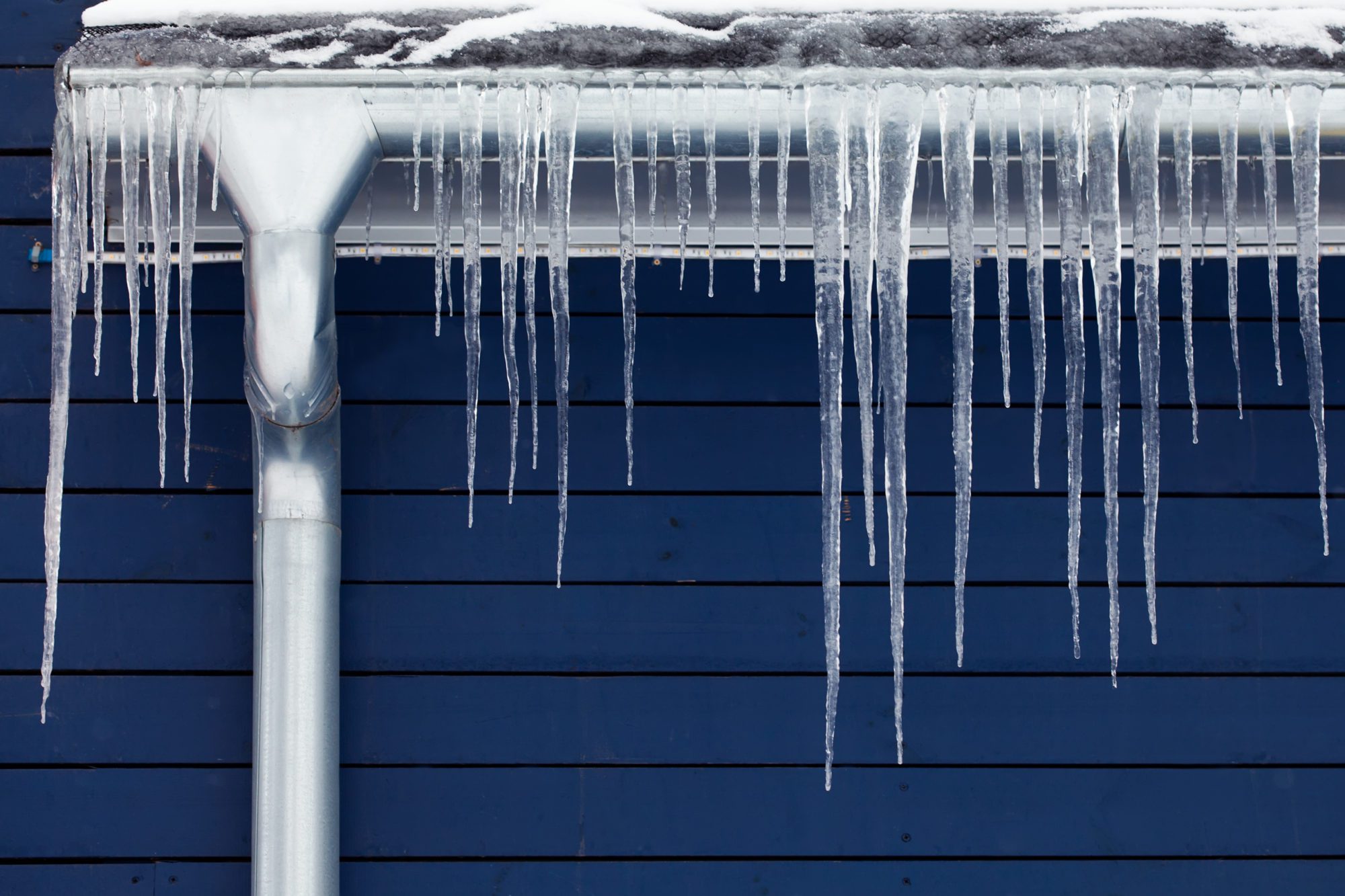Listed here down the page you can find lots of sensible answers when it comes to How To Avoid Freezing Pipes.
:strip_icc()/snow-outdoor-faucet-pipes-4af65d1e5e904fb1aa7bf74071fe5d89.jpg)
Cold weather can ruin your plumbing, especially by freezing pipes. Here's how to prevent it from taking place and what to do if it does.
Introduction
As temperature levels decrease, the threat of icy pipes increases, potentially bring about pricey repair services and water damage. Comprehending just how to stop frozen pipes is vital for house owners in chilly environments.
Understanding Icy Pipes
What causes pipes to freeze?
Pipes ice up when revealed to temperature levels listed below 32 ° F (0 ° C) for extended periods. As water inside the pipes freezes, it broadens, taxing the pipeline wall surfaces and potentially creating them to break.
Dangers and problems
Icy pipelines can bring about water system disturbances, home damage, and expensive repair services. Ruptured pipelines can flooding homes and trigger extensive structural damage.
Signs of Frozen Pipeline
Recognizing icy pipelines early can stop them from bursting.
How to identify icy pipes
Seek lowered water circulation from faucets, unusual odors or sounds from pipes, and noticeable frost on revealed pipes.
Avoidance Tips
Protecting prone pipes
Cover pipes in insulation sleeves or utilize warmth tape to protect them from freezing temperatures. Concentrate on pipes in unheated or external areas of the home.
Home heating techniques
Keep indoor spaces adequately warmed, specifically areas with plumbing. Open closet doors to allow warm air to distribute around pipes under sinks.
Shielding Outdoor Pipes
Yard tubes and exterior faucets
Disconnect and drain pipes yard pipes before winter months. Set up frost-proof faucets or cover outdoor faucets with shielded caps.
What to Do If Your Pipelines Freeze
Immediate actions to take
If you presume icy pipes, keep taps open up to alleviate stress as the ice melts. Utilize a hairdryer or towels taken in hot water to thaw pipelines slowly.
Long-Term Solutions
Architectural modifications
Take into consideration rerouting pipes far from outside walls or unheated areas. Include additional insulation to attics, cellars, and crawl spaces.
Updating insulation
Purchase high-quality insulation for pipes, attic rooms, and wall surfaces. Correct insulation assists keep consistent temperature levels and lowers the danger of icy pipes.
Conclusion
Protecting against frozen pipelines requires positive procedures and fast reactions. By understanding the reasons, indicators, and preventive measures, homeowners can shield their plumbing throughout winter.
5 Ways to Prevent Frozen Pipes
Drain Outdoor Faucets and Disconnect Hoses
First, close the shut-off valve that controls the flow of water in the pipe to your outdoor faucet. Then, head outside to disconnect and drain your hose and open the outdoor faucet to allow the water to completely drain out of the line. Turn off the faucet when done. Finally, head back to the shut-off valve and drain the remaining water inside the pipe into a bucket or container. Additionally, if you have a home irrigation system, you should consider hiring an expert to clear the system of water each year.
Insulate Pipes
One of the best and most cost-effective methods for preventing frozen water pipes is to wrap your pipes with insulation. This is especially important for areas in your home that aren’t exposed to heat, such as an attic. We suggest using foam sleeves, which can typically be found at your local hardware store.
Keep Heat Running at 65
Your pipes are located inside your walls, and the temperature there is much colder than the rest of the house. To prevent your pipes from freezing, The Insurance Information Institute suggests that you keep your home heated to at least 65 degrees, even when traveling. You may want to invest in smart devices that can keep an eye on the temperature in your home while you’re away.
Leave Water Dripping
Moving water — even a small trickle — can prevent ice from forming inside your pipes. When freezing temps are imminent, start a drip of water from all faucets that serve exposed pipes. Leaving a few faucets running will also help relieve pressure inside the pipes and help prevent a rupture if the water inside freezes.
Open Cupboard Doors
Warm your kitchen and bathroom pipes by opening cupboards and vanities. You should also leave your interior doors ajar to help warm air circulate evenly throughout your home.

We are very drawn to 6 Ways to Prevent Frozen Pipes and I'm hoping you liked the entire blog posting. Sharing is good. Helping people is fun. We take joy in your readership.
Call Today